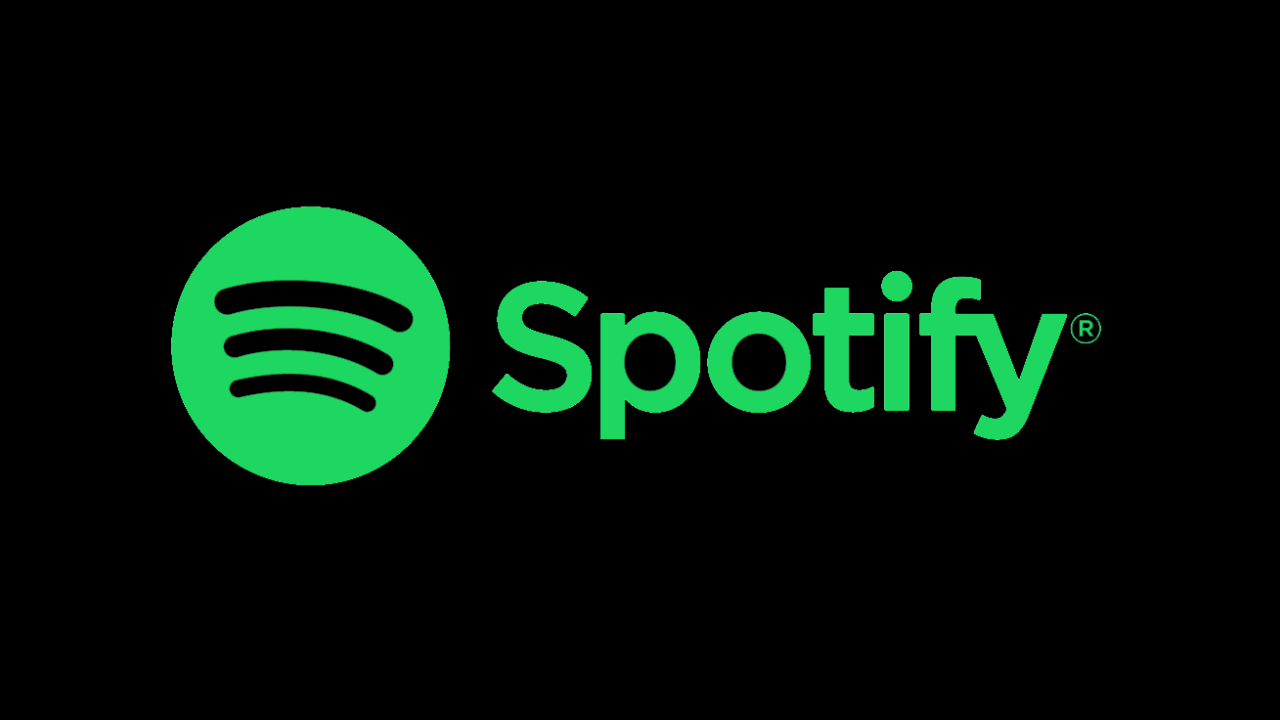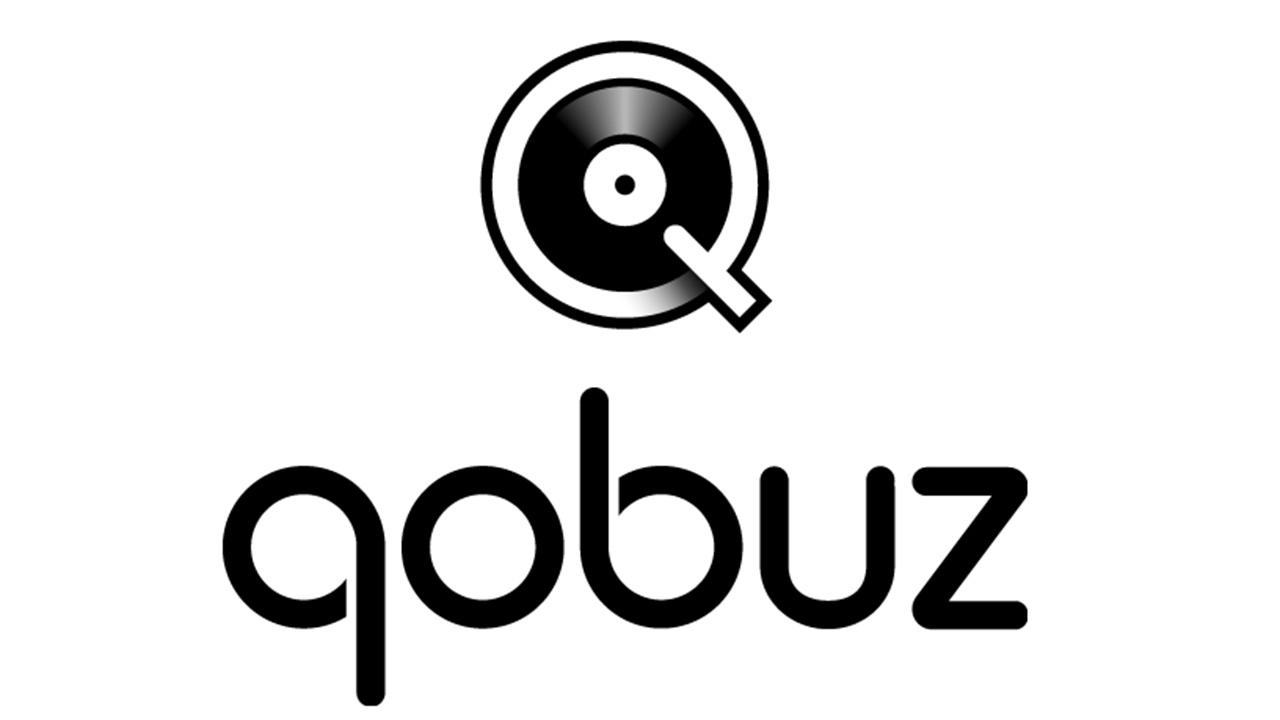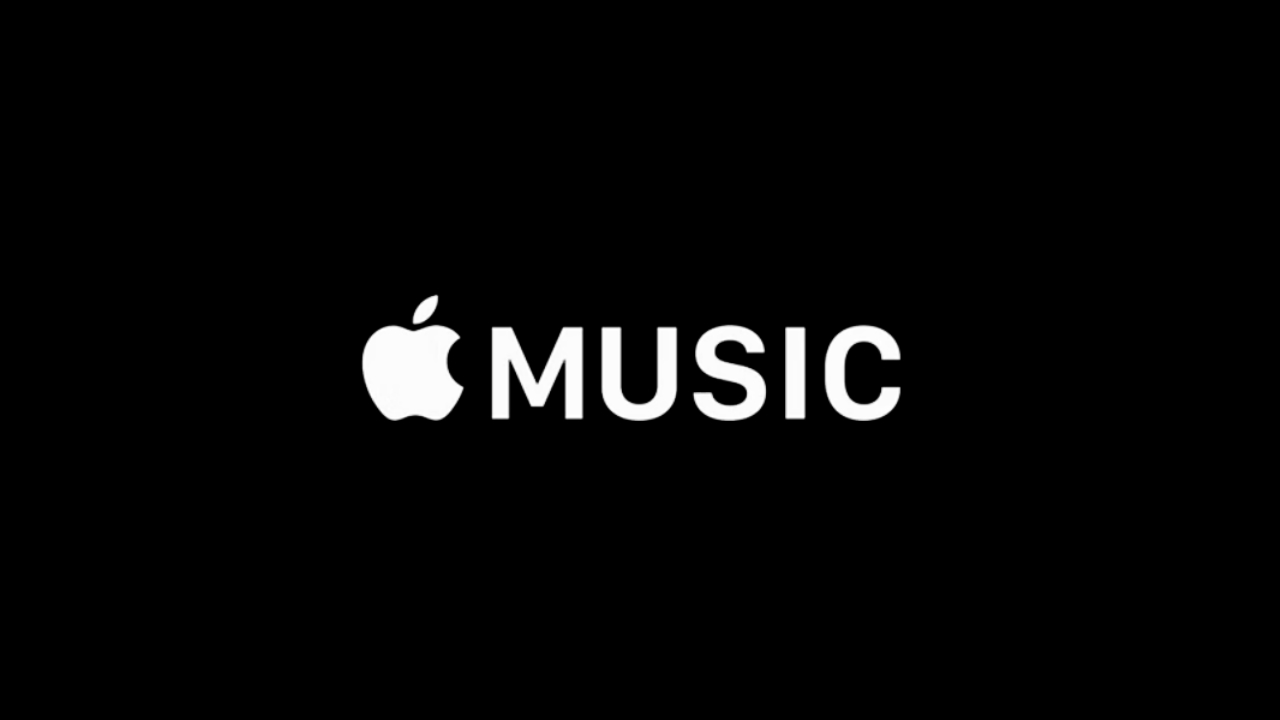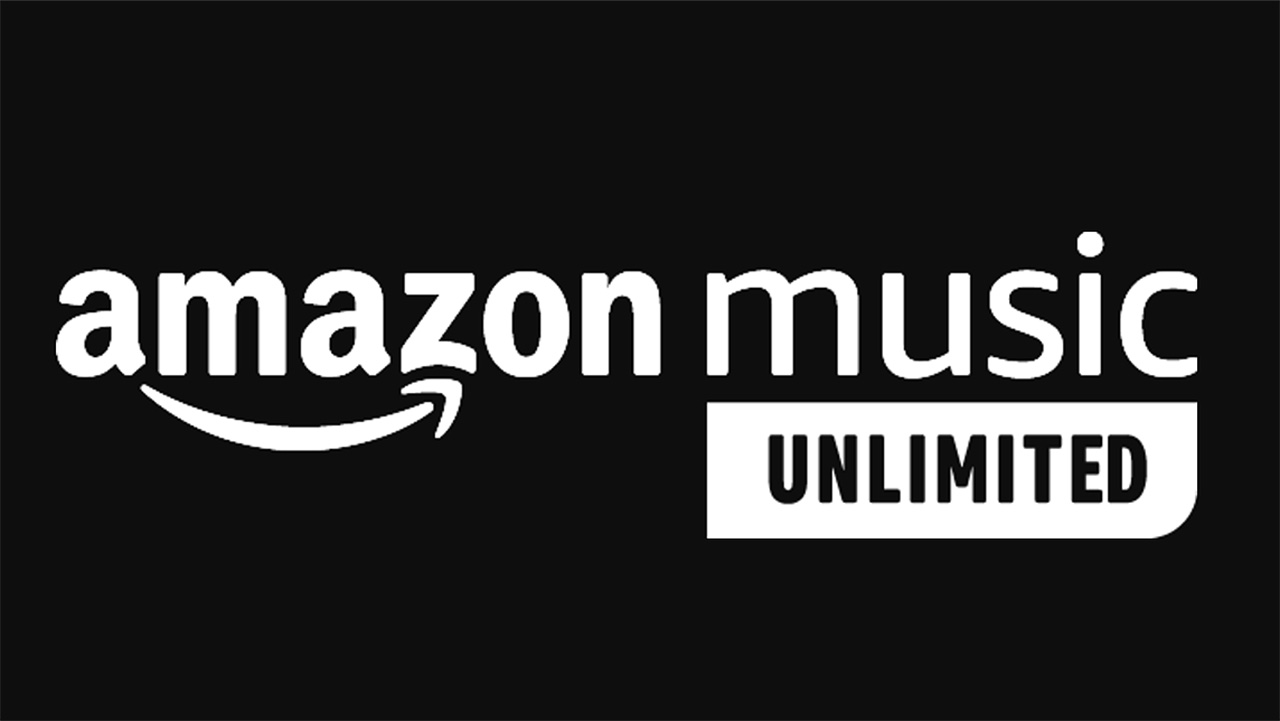Music streaming services haven’t just changed the way we listen to music, they’ve also rewritten the rulebook for artists when it comes to getting paid.
According to data released by streaming giant Spotify, recorded streaming revenue alone across all streaming platforms was higher in 2021 than the entire industry’s revenue from all forms of recorded music for each year, 2009 through 2016.
In 2014, the music industry generated a total of $14.2 billion across streaming, downloads, vinyl and CD sales and performance rights. In 2021, recorded streaming revenue alone topped $16.9b. The tills are ringing to the sound of music.
But how much do our favourite artists earn when you stream their tracks? And should this determine which streaming service you subscribe to? We thought we’d investigate.
How artist payments work
In general, streaming services pay royalties based on an artist’s share of overall streams across the platform. The trade jargon for this is Streamshare. Streaming payments are largely uniform across the industry.
Reportedly, artists and bands earn around $0.0032 from Spotify per stream, compared to $0.0056 per stream from Apple Music. In the scheme of things, this really shouldn’t impact where you spend your streaming dollar.
Contrary to popular opinion, streaming platforms don’t pay artists directly. Artists are paid by record companies, the labels, copyright management companies, or distributors, such as Tunecore and CD Baby. It’s the labels that distribute payments to the artists.
How we interact with our favourite bands over a streaming platform is far more relevant.
For example, did you know you can now actively send a chunk of your monthly subscription fee directly to your favourite bands, courtesy of Tidal’s innovative Direct-to-artist payment feature?
How streaming compares to vinyl and CD sales
To appreciate the sheer scale of music streaming industry, it’s worth taking a look at the size of the pie, and just how much the various ways we consume music are worth.
Music industry body, the British Phonographic Industry, issues an annual update on the state of play(back). Its latest market breakdown, released January 2022, gives a comprehensive look at the UK music market as it was in 2021, revealing streaming consumption and sales figures for physical formats across the country.
Overall, we’re listening to more music than ever before. In the UK, we racked up 147 billion audio streams and around 2000 artists were streamed more than 10 million times – that’s up 25% in just two years.
Here’s the important bit: When it comes to artist royalties, a musician or band that achieved 10,000 CD sales in 2007 would need 10m streams on Spotify to generate comparable cash.
The BPI says this means "nearly twice as many artists are now earning meaningful royalties as could do so in the CD era."
The BPI wouldn’t be drawn further on the issue of specific payments, but Gennaro Castaldo communications director at the BPI, told us: “I can’t say we have such data as it tends to be between the artist and manager and their label according to their particular contractual terms and agreed royalty rates.”
Which streaming service pays artists the most?: Spotify

Market leading streamer Spotify is helpfully transparent when it comes to artist revenues, and its Loud & Clear website is full of data on the subject.
Here are some takeaways: In 2021, Spotify paid more to artists and musicians than any other streaming service, $7 billion (US) in total.
The streamer says around 1000 artists generated $1m in revenue in 2021, while 450 artists earned more than $2m, and 130 artists over $5m.
The number of artists and performers hitting these milestones has doubled since 2017. Spotify also estimates that more than 50,000 artists earned $10,000 from Spotify, and likely over $40,000 across all recorded revenue sources.
Just to be clear: Spotify does not pay musicians directly. Like other music streaming services, they pay the rights holders, which is to say, the record labels and distributors. They pocket a slice of both subscription and ad revenue, which then gets divided up according to individual contracts and other complicated legal stuff.
Which streaming service pays artists the most?: Qobuz

Rival music streamer Qobuz is both a music streaming platform and an online music store. Subscribers can stream in Hi-Res Audio and buy album downloads in studio quality. It also employs expert teams to curate playlists. Qobuz wears its music fandom on its sleeve.
During the first lockdown, Qobuz stood behind artists, donating 100% of all new first month subscriber revenues to rights holders.
Georges Fornay, CEO Deputy of Qobuz, told us: “We believe in respecting the artists’ work by ensuring the quality we provide is as true to the original as possible. This is why we promote studio-quality music. We believe talented artists should get a fair chance for their music to be discovered with music curation and fair compensation.”
A compelling alternative to Spotify? We think so.
Which streaming service pays artists the most?: Tidal

Tidal has found a brilliant way for fans to directly help fund their favourite artists. If you’ve not considered Tidal before, we think this initiative might well sell you on it.
As part of its mission to create an artist-first, fan-centric business model, subscribers to its Hi-Fi Plus tier (which gets you High-Res Audio, and novel Dolby Atmos mixes) can enjoy a direct connection with their favourite bands.
Tidal’s Direct-to-artist payment is a monthly scheme where a percentage of your HiFi Plus membership fee is given to your most streamed artist of the month, so you can actually control which artists benefits from your cash.
For example, if you’ve had German folk metal rockers Feuerschwanz’s Memento Mori on hard rotation, they’ll get £2 of your monthly Tidal subscription directly. Tidal also tells you via the app who’s giving them a close run for your money in terms of your streams played, so you can boost them if you want to send cash their way.
In January this year, Tidal also introduced a new approach to royalty payments, with its so-called fan-centric royalties programme.
Its HiFi Plus subscribers attributed royalties are no longer aggregated, but rather paid according to your streaming activity to better cement the relationship between fan and artist. Tidal also says its HiFi Plus tier pays significantly higher royalties per stream than its rivals, "at least 50% or more vs the regular rate across the four largest streaming services,” we were told.
Which streaming service pays artists the most?: Apple Music

Apple Music has been evolving over recent months, giving subscribers some top-notch quality when it comes to audio playback: CD quality 16-bit/44.1kHz, Apple Music Lossless 24-bit/48kHz and Hi-Res Lossless 24-bit/192kHz – and with the right pair of headphones, Apple Digital Master and Dolby Atmos deliver the ultimate sonic experience.
When it comes to paying artists, Apple report they pay the same 52% headline rate to all labels, explaining: “While other services pay some independent labels a substantially lower rate than they pay major labels, we pay the same headline rate to all labels. This means artists can distribute music however they like, knowing Apple Music will pay the same rate. Sign with a label or stay independent; we believe in the value of all music.”
So what does this equate to? Well, Apple say their average per play rate is $0.01 and report that the value “varies by subscription plan and country or region” and the figure includes label and publisher royalties. This number is from 2020, which is be when the Cupertino tech behemoth last updated their details.
Apple also report that in 2020, they paid out royalties for more than five million artists – one million more than 2019, adding: "The number of recording artists whose catalogs generated recording and publishing royalties over $1 million per year increased over 120% since 2017, while the number of recording artists whose catalogs generated over $50,000 per year has more than doubled."
Which streaming service pays artists the most?: Amazon Music

Online shopping giant Amazon first dipped their toe into the music streaming scene back in 2007 and now offer various tiers for music fans to get stuck into through Amazon Music.
It all starts with Amazon Music Prime, which gives Prime members free access to more than two million tracks. It’s a good place to start, although it’s more of an appetiser than full-blown meal. For a larger slice of the pie, you’ll need to go up to Amazon Music Unlimited which starts at $8.99/£8.99 per month. This tier opens the door to 90 million tracks and has HD support added for no extra cost. All in all, it’s a pretty attractive music steaming service. There’s also a 30 day free trial so you can get a proper taste for the service.
As for how much Amazon pay artists, Producer Hive report that they pay out on average $0.004 per stream which places Amazon Music slap bang in the middle of the pack.
Music streaming and artist payments - Verdict

The streaming music services largely follow the same business model when it comes to paying bands, and various rights holders. It’s a complicated business and any differences when it comes to pennies per stream shouldn’t influence your subscription service choice.
As befits its market dominance, Spotify pays out the lion’s share of revenue to musicians and it continues to grow the business. This can only be a good thing.
But we dig the commitment Qobuz makes to its artists, you really get the sense that the service is staffed by music lovers - it’s also a superb option when it comes to Hi-Res Audio.
However, Tidal is one streaming service truly innovating here. Its Direct-to-artist payment scheme, which allows you to take direct ownership of where at least a portion of your sub is going on a monthly basis, is inspired. It’s unique in letting you direct funds to specific artists.
Related content
- Best music streaming services: How do they compare?
- Spotify vs Tidal: Which music service is best for you?
- Spotify review: We examine the popular streaming service
- Tidal review: Music streaming with a difference
- Apple Music review: Apple take a bite out of the competition
- Is lossless audio streaming worth it?
- Best TV and film streaming services: The best bang for your buck

